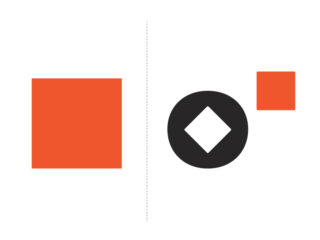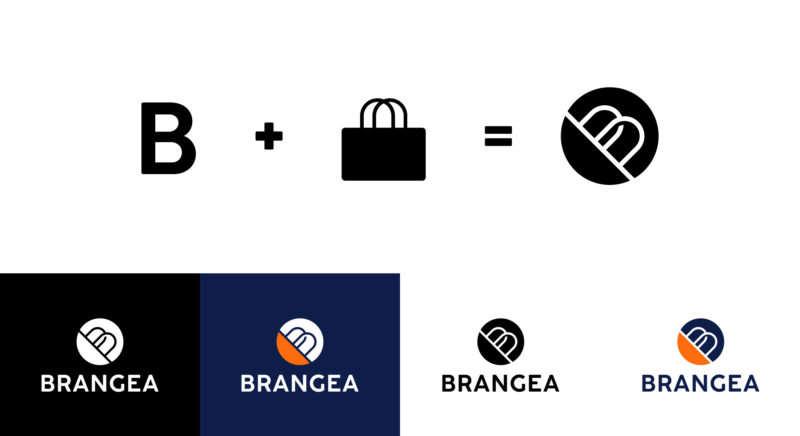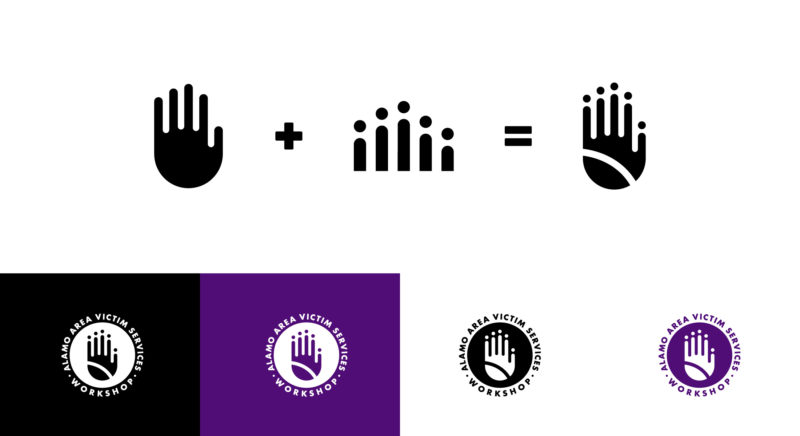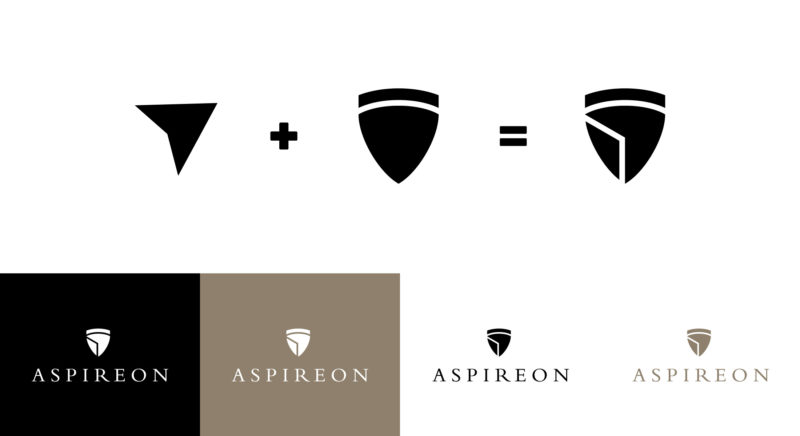A good solution cannot be devised without fully understanding the problem.
IVAN CHERMAYEFF, TOM GESIMAR AND SAGI HAVIV • FAMED GRAPHIC DESIGNERS
In this initial phase, designers categorize and dissect gathered information to define the target audience, market trends, competitor products or services, and project constraints. The goal is to build a solid knowledge foundation for the design process. This includes conducting a SWOT analysis, competitive visual audit, verbal audit, and defining the core purpose. The key is to gather comprehensive information.
During this phase a creative brief is also developed. This document outline specific targets for the creative teams.
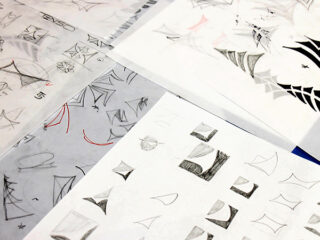
Here, designers brainstorm and generate ideas based on research insights and a creative brief. Various conceptual strategies are explored and assessed to find the best solution. Initial sketches, prototypes, or iterations are created, considering reproduction methods, timeline, and client’s budget.

In this phase, we refine and iterate on the strongest concepts to present to the client. Tighter comps or prototypes are produced, and meetings with paper reps, printers, or developers ensure a smooth transition to production. This step ensures all client expectations are met.

The final stage involves bringing the design to life. This includes preparing reproduction files, coordinating with manufacturers or developers, and overseeing production. The designer supervises and implements this part of the project, ensuring a seamless execution.
This section showcases several before-and-after comparisons to demonstrate the profound impact conceptual and strategic design have had on different brands I have worked with throughout my professional career. It is a misconception that only big brands or big budgets may accomplish impactful changes or that businesses must invest a lot of resources in design.
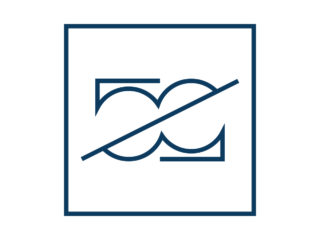
A logo is a graphic representation of an idea, entity, or object. It is also referred to as an identity, mark, or brandmark. A successful logo should always represent critical thinking; in other words, the mark should be conceptually strong. Thus, every graphic element on the mark must have an intentional purpose. To accomplish this, a perfect balance between an image, a letterform, a sign, or a symbol should exist—known as the 50/50 rule.
Paul Rand • graphic designer
